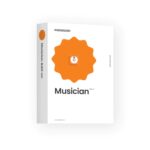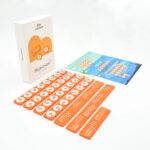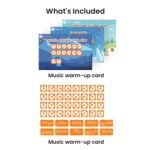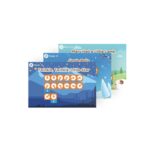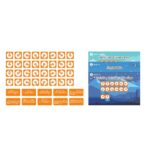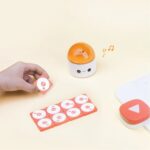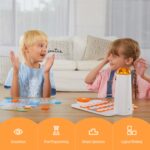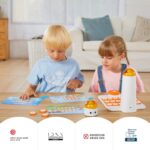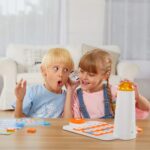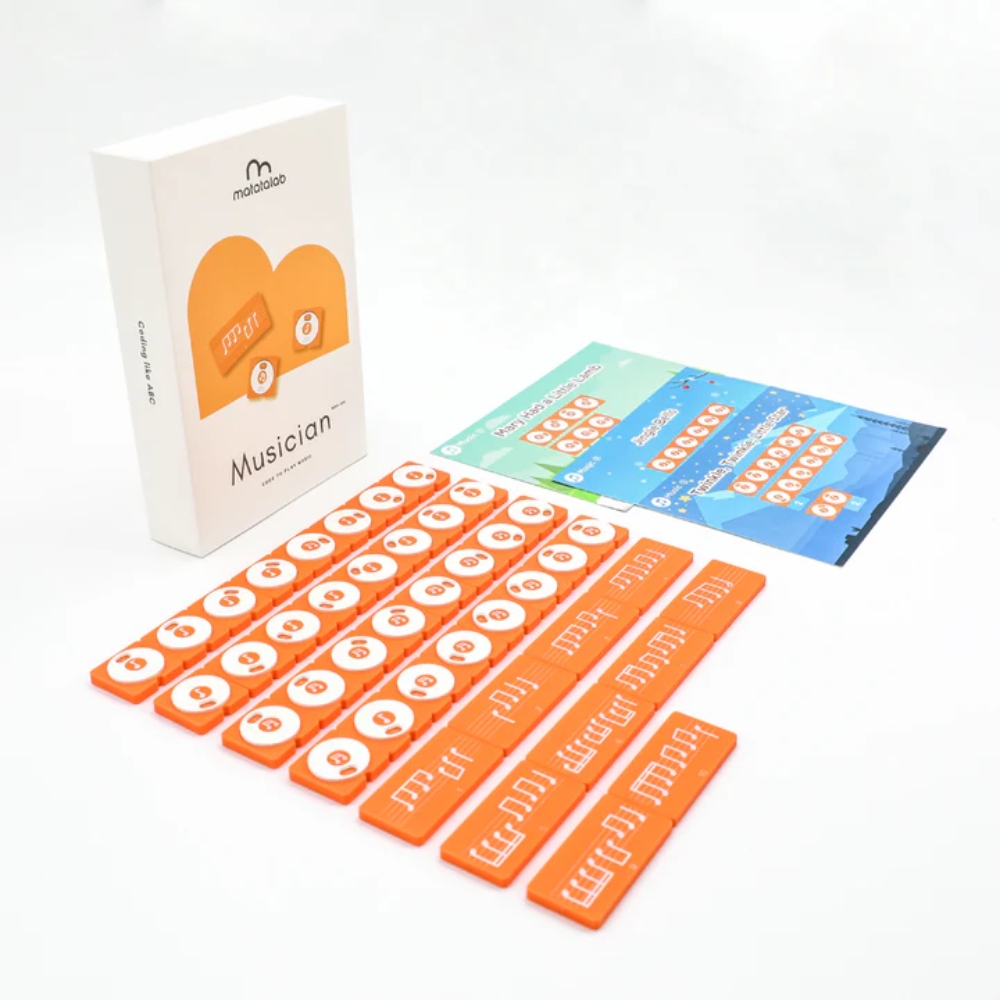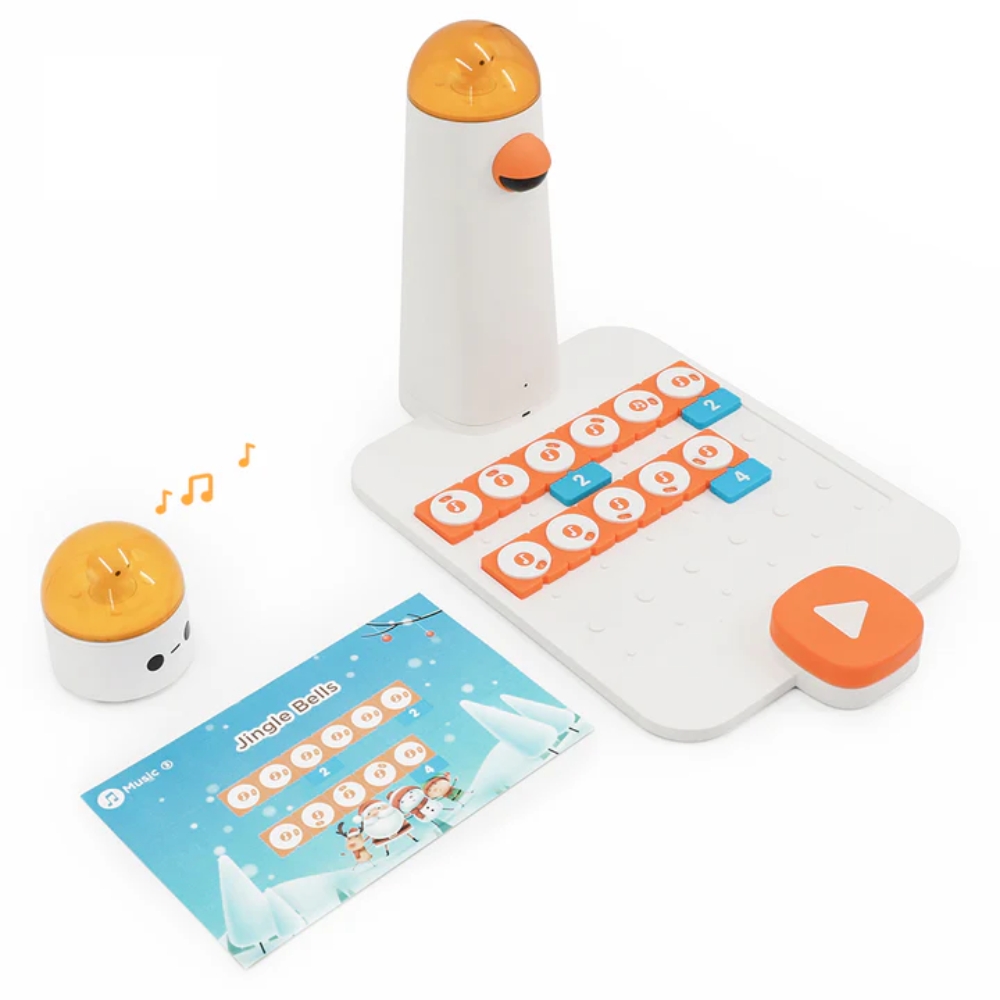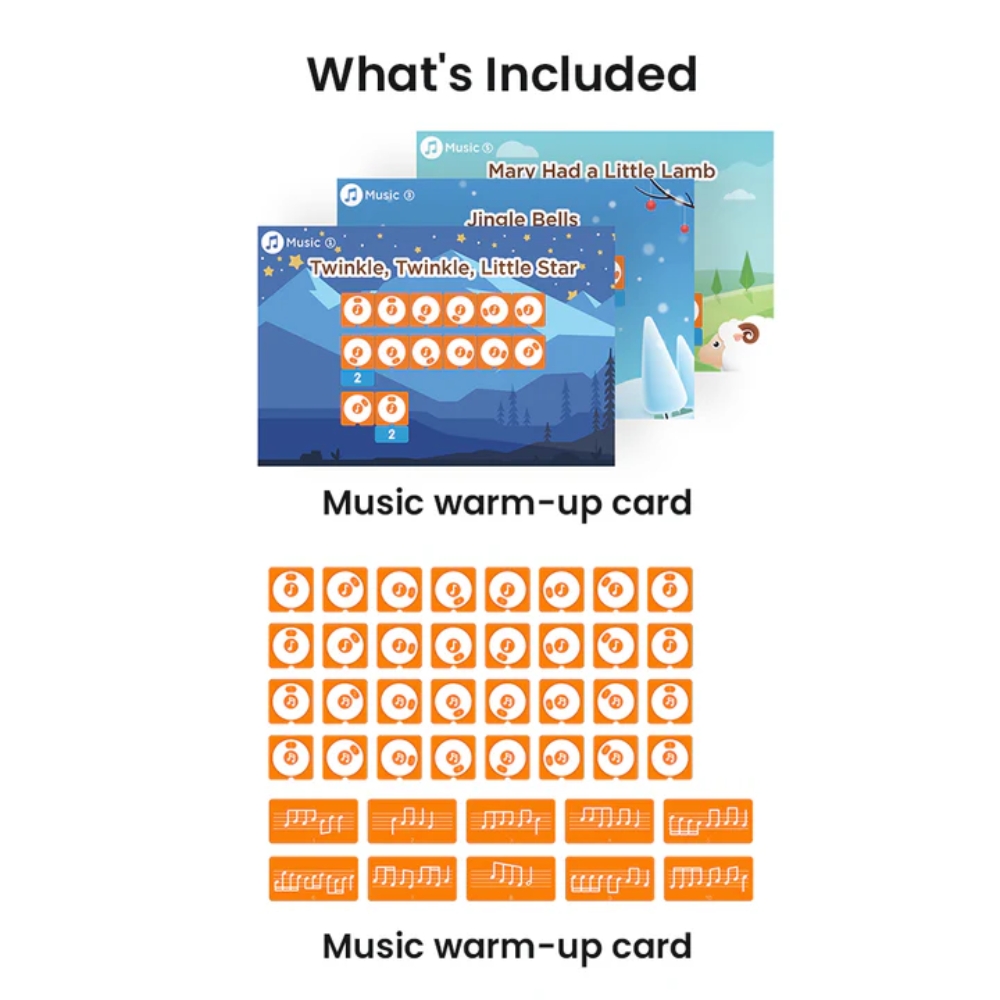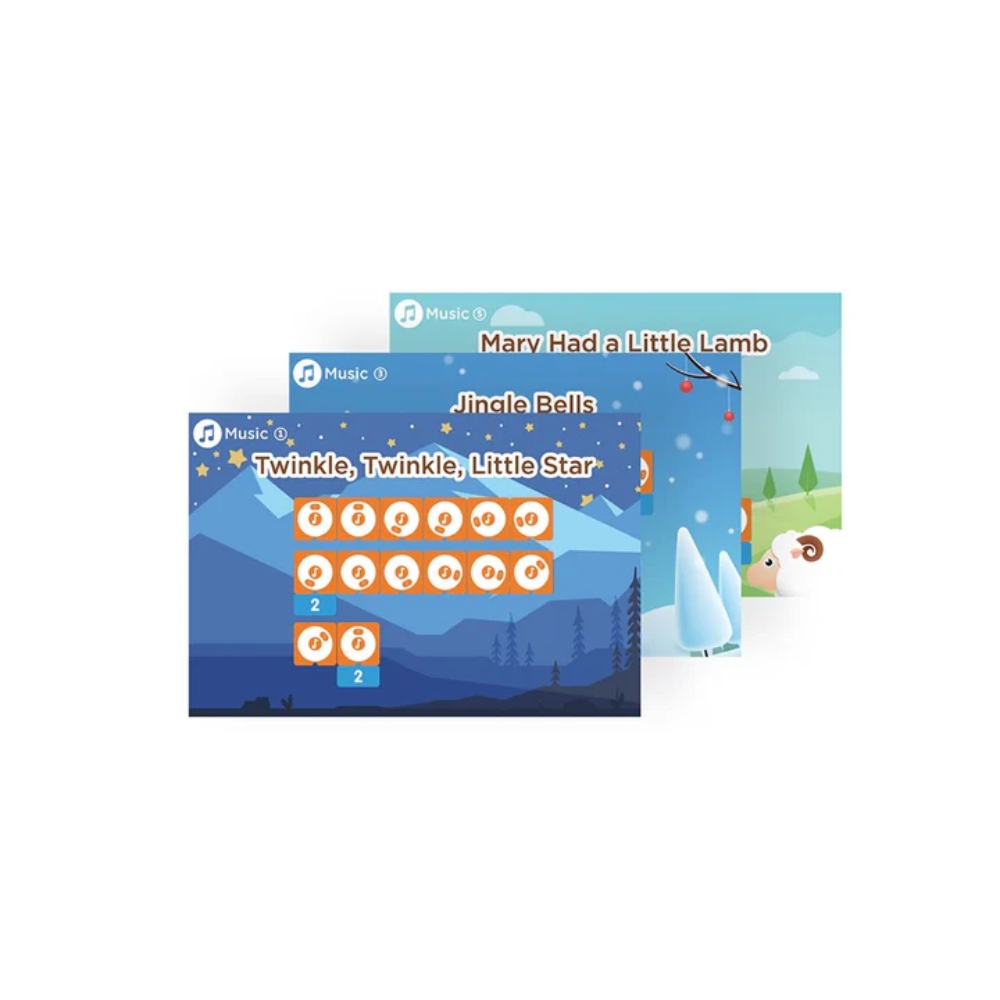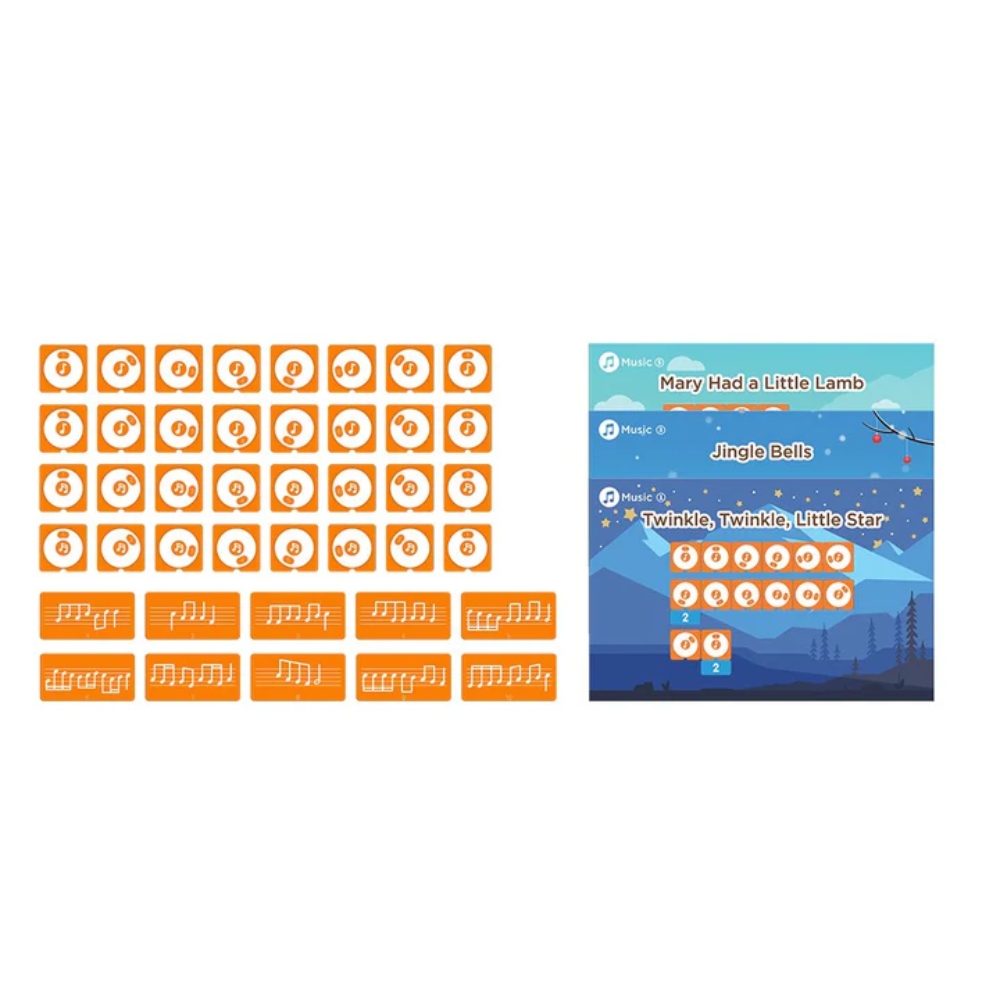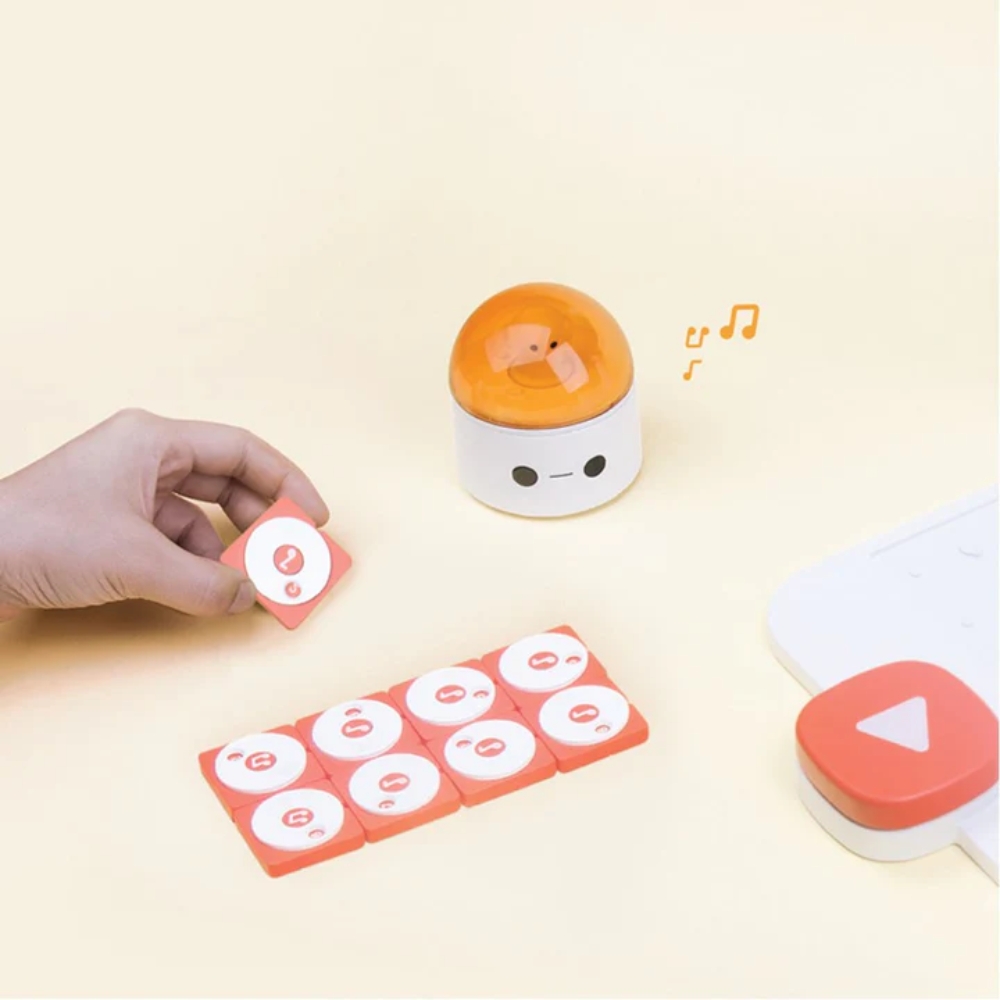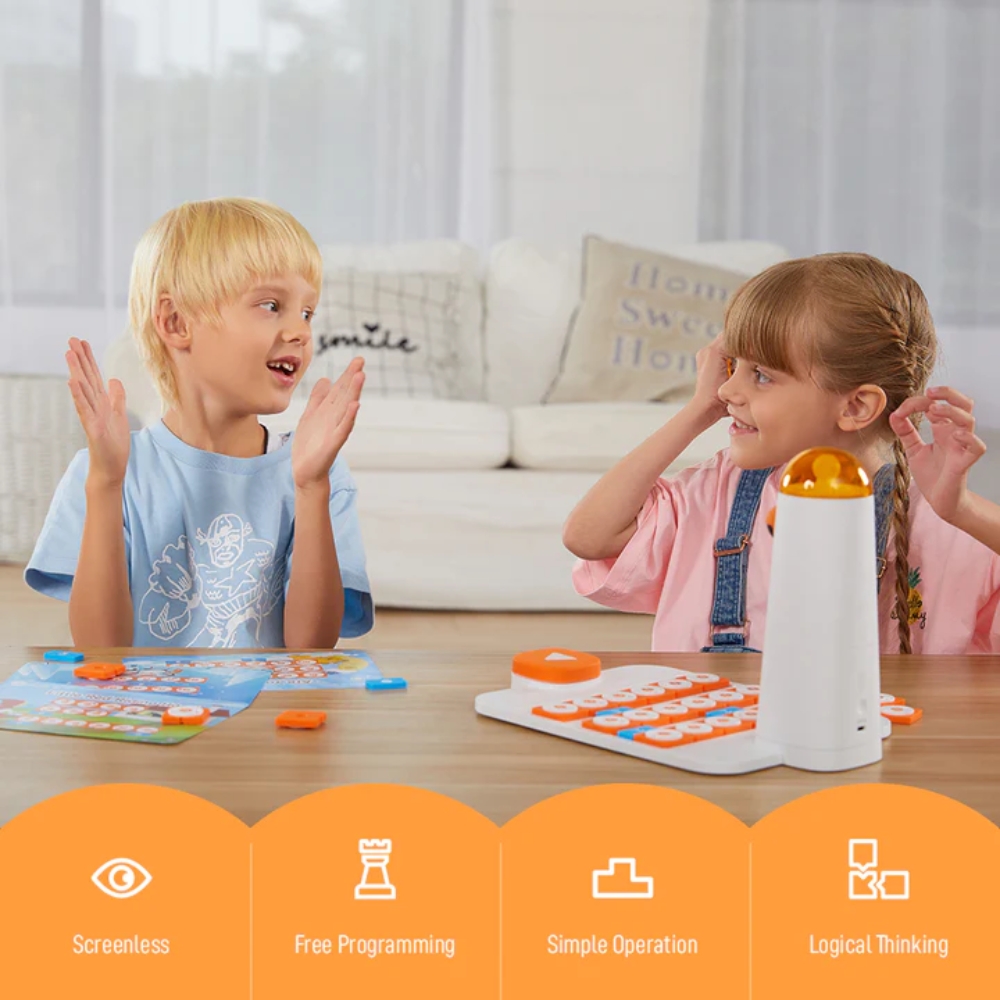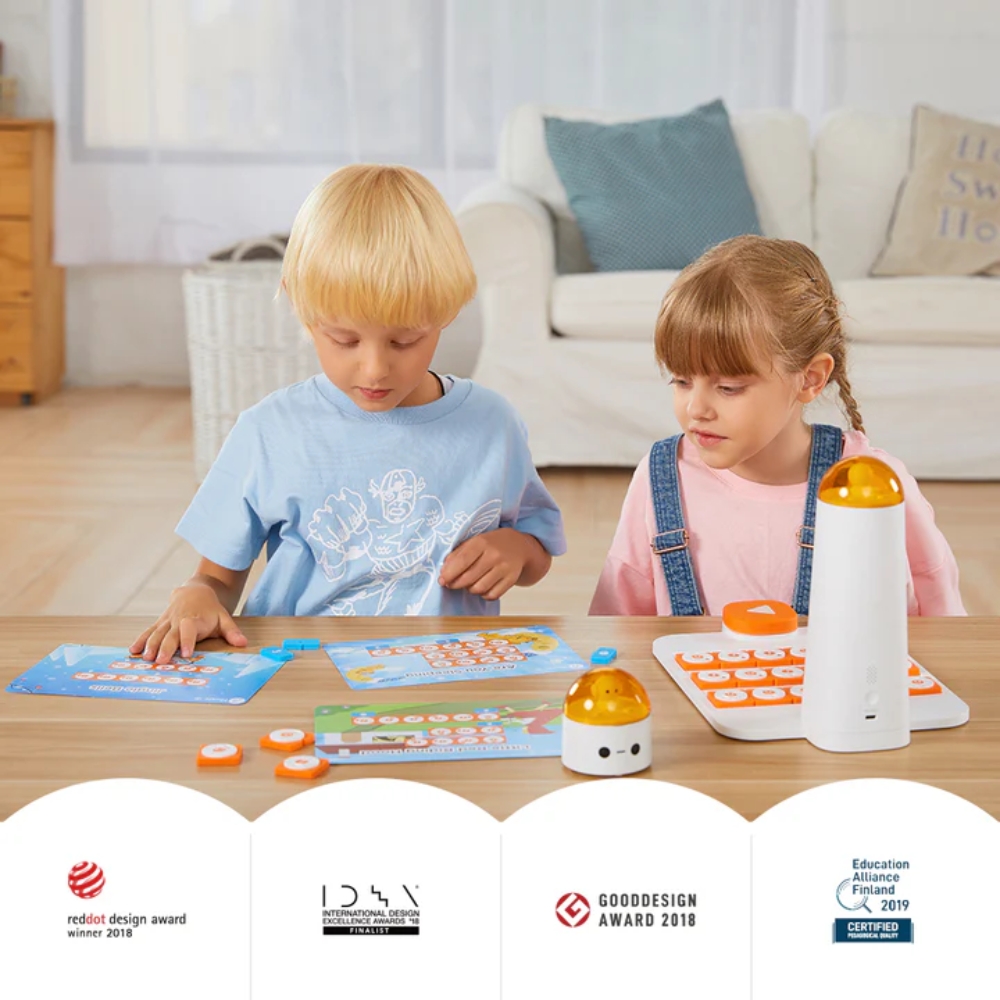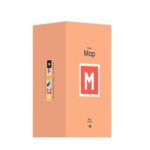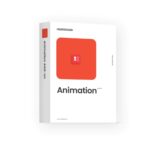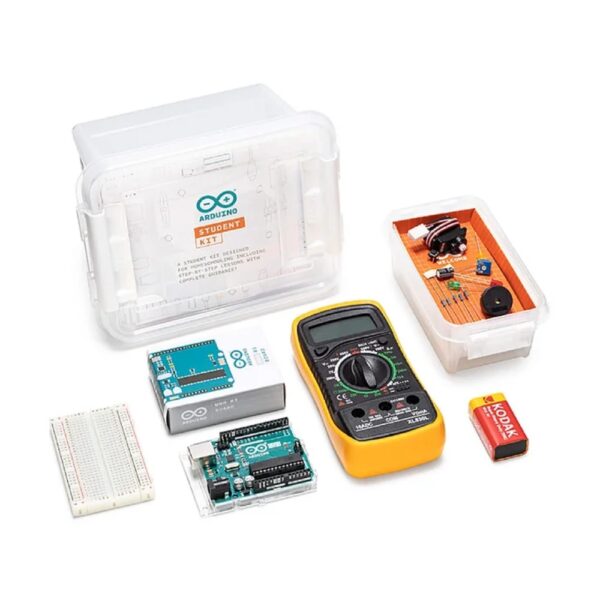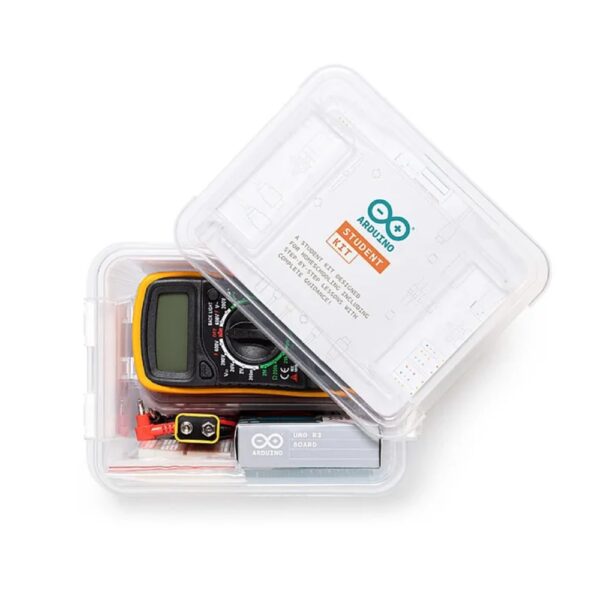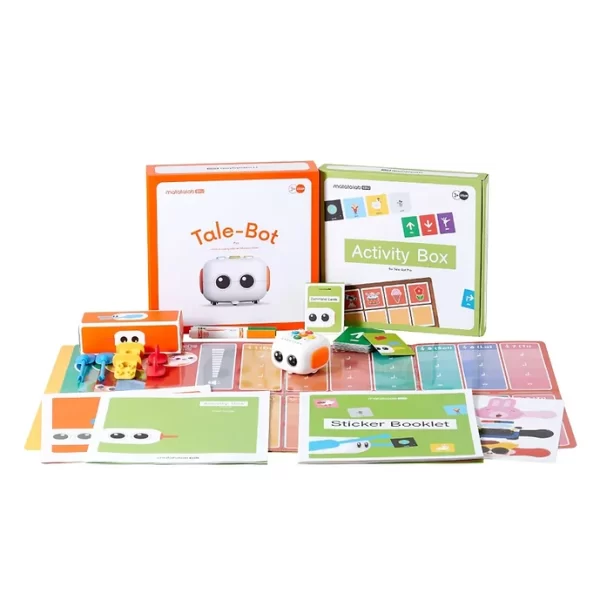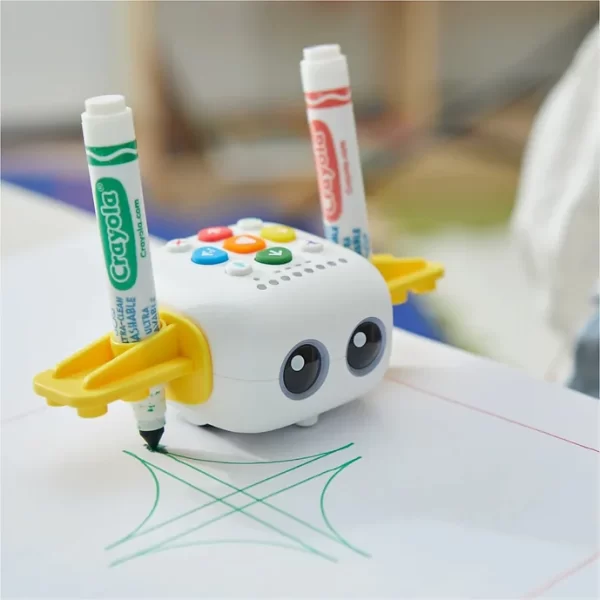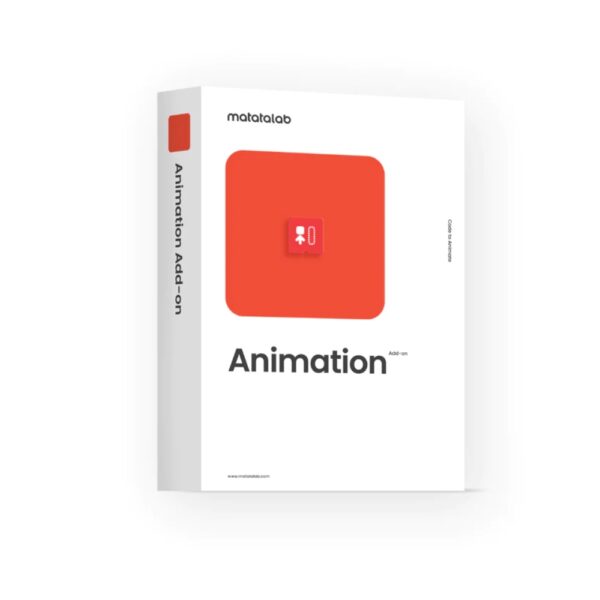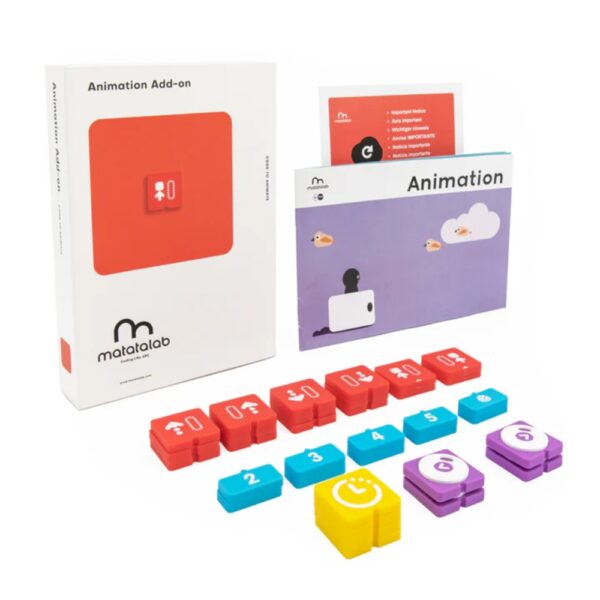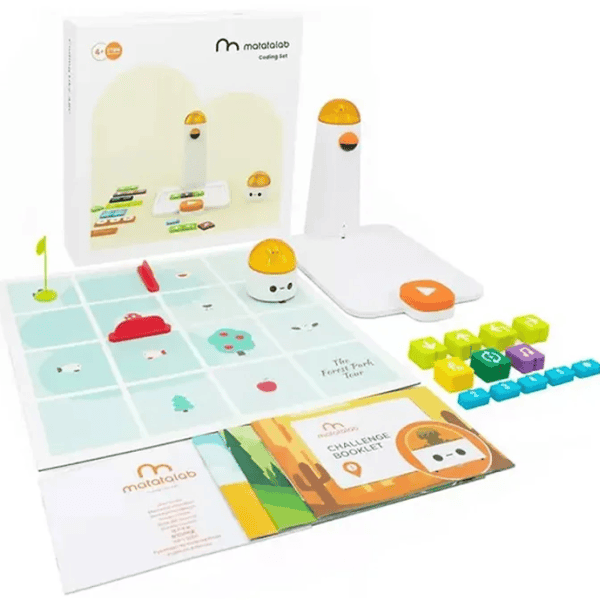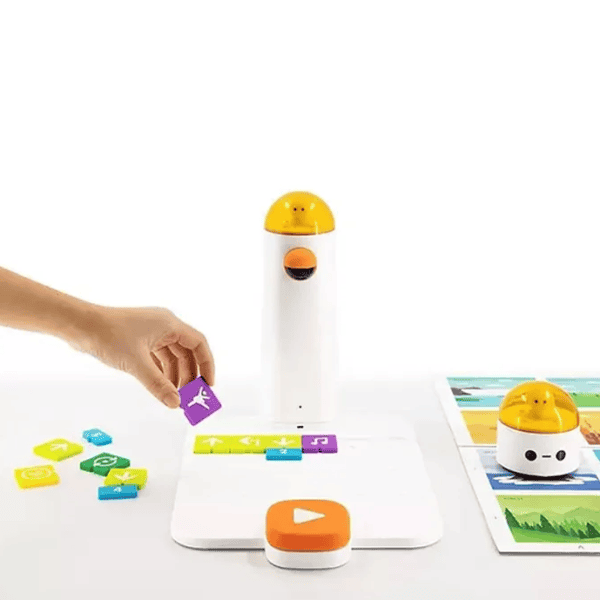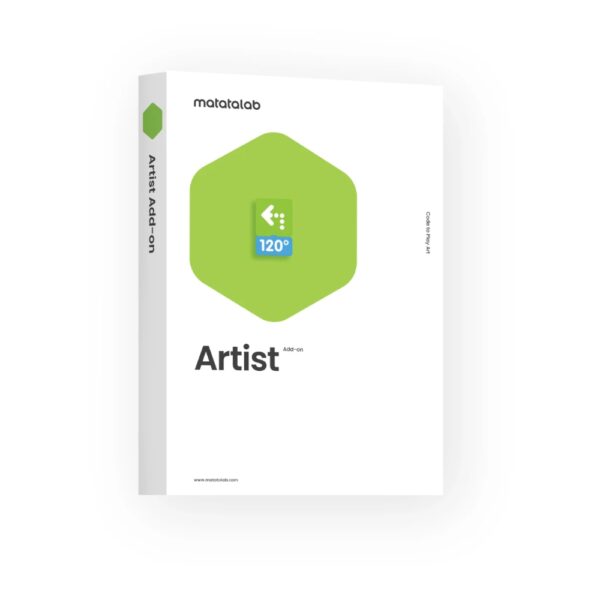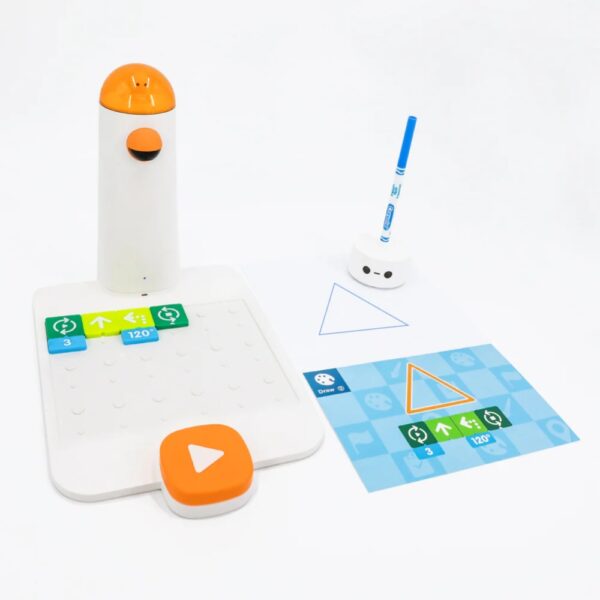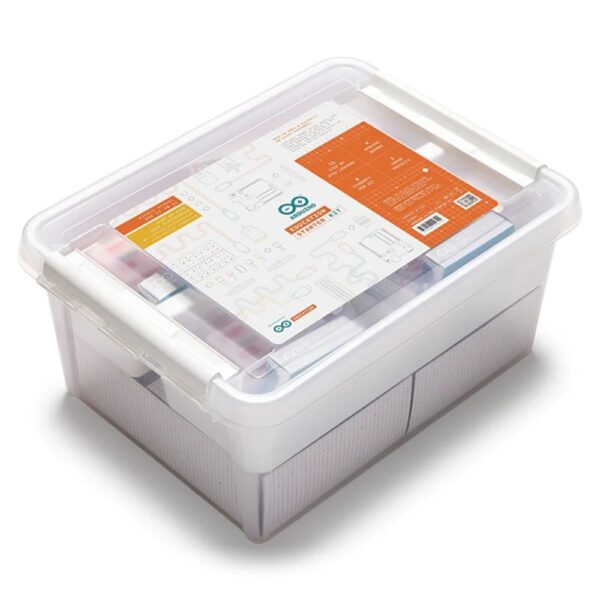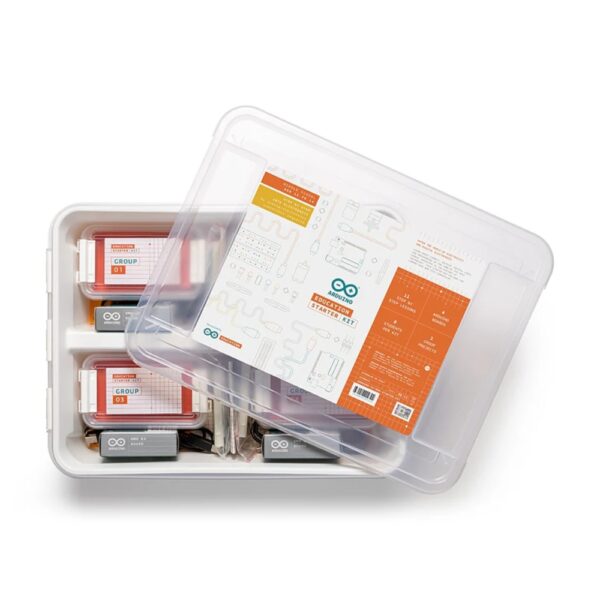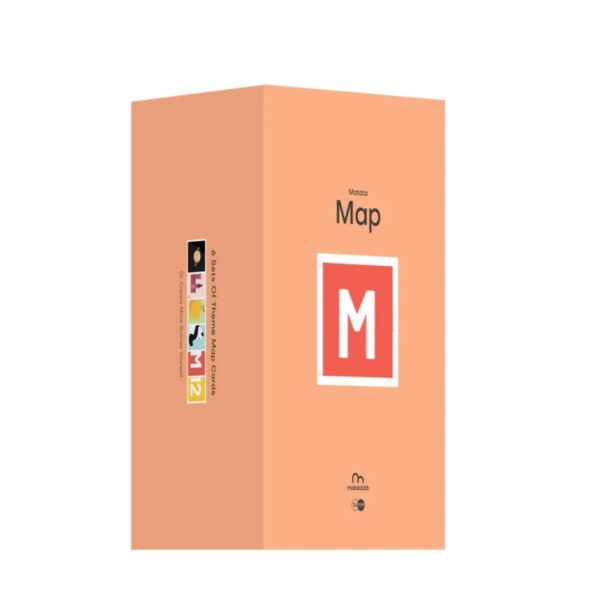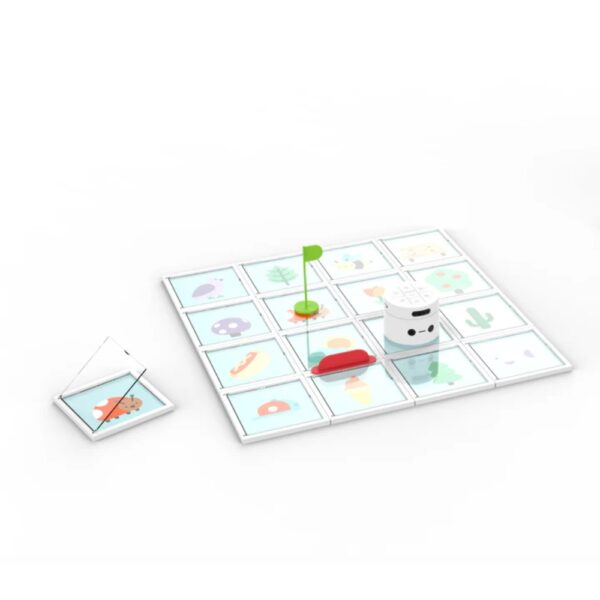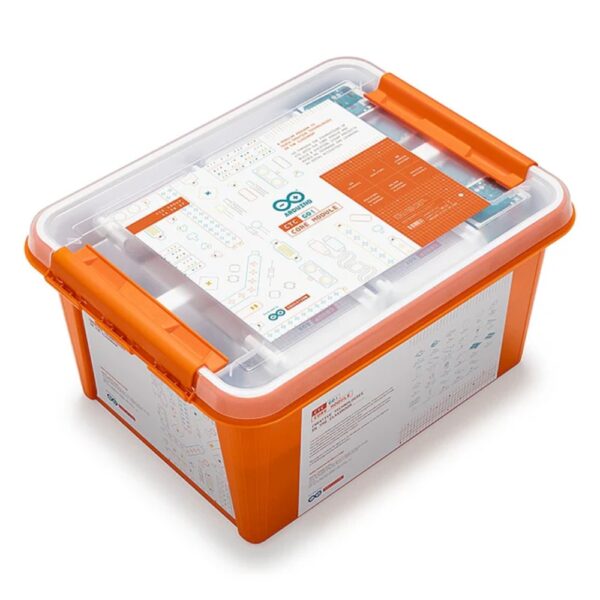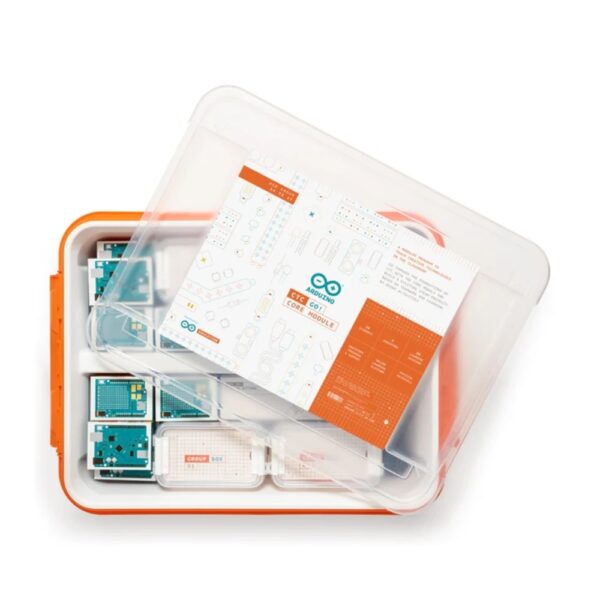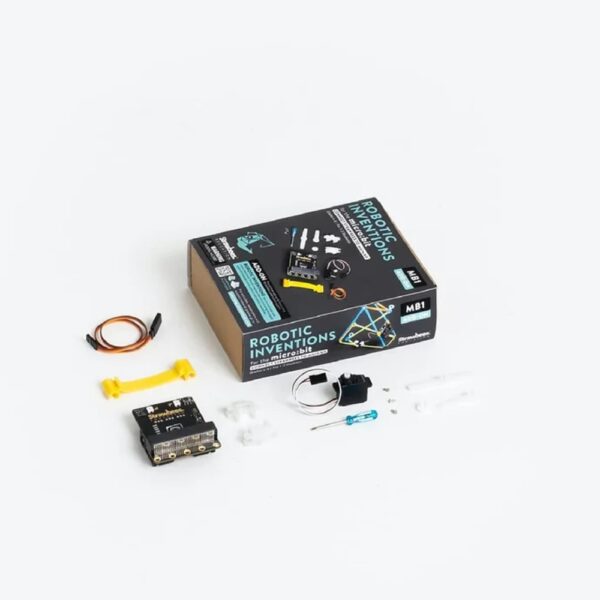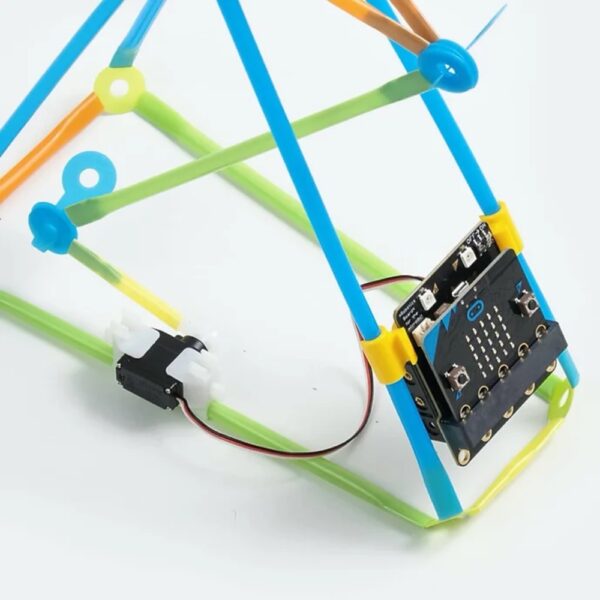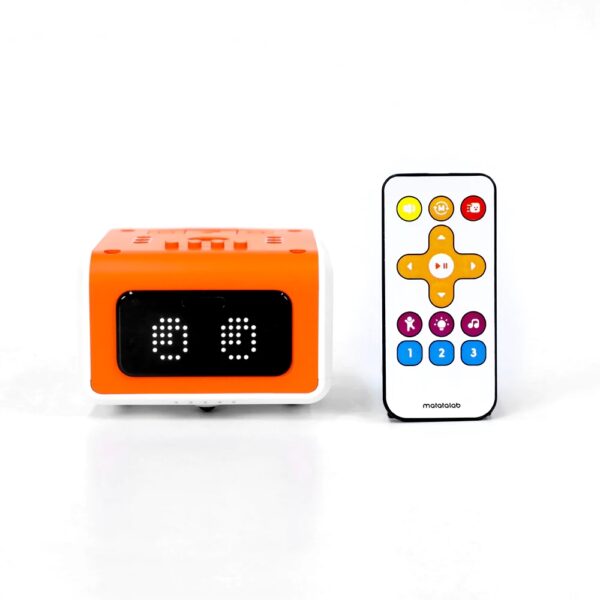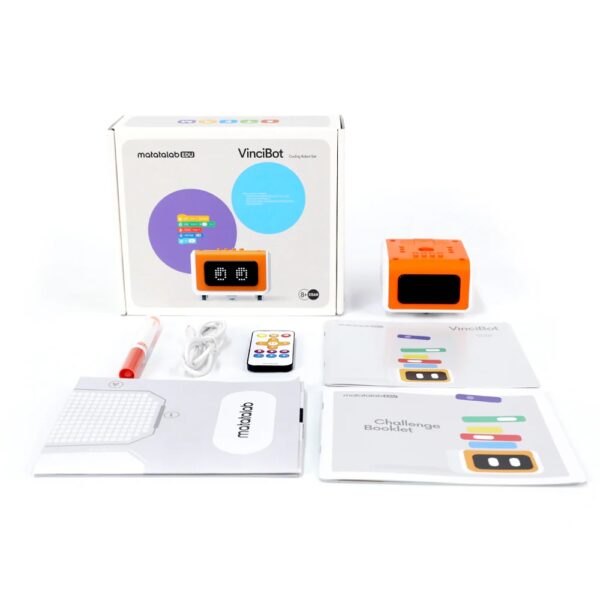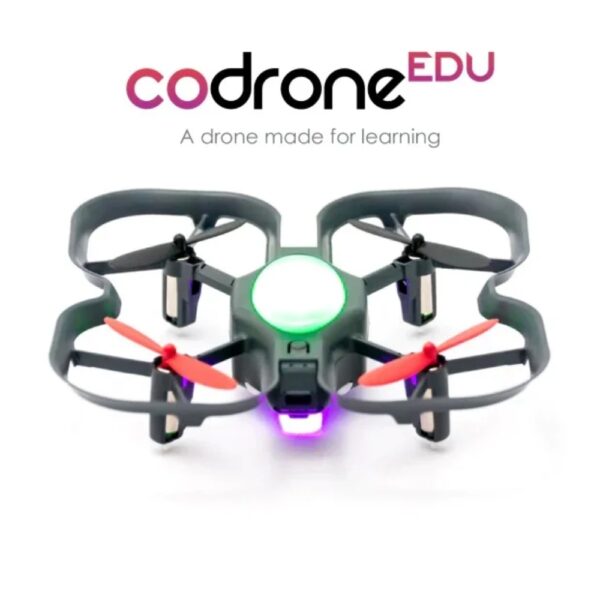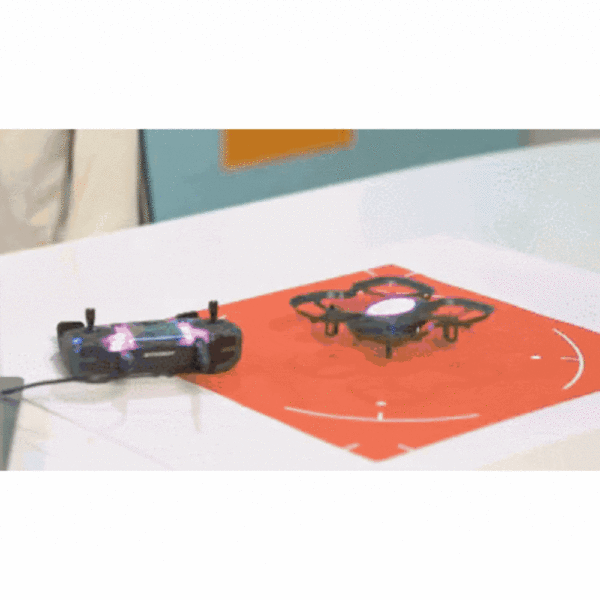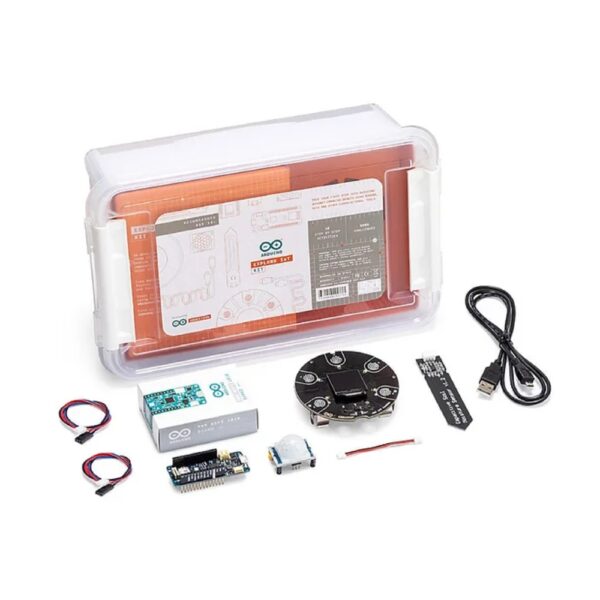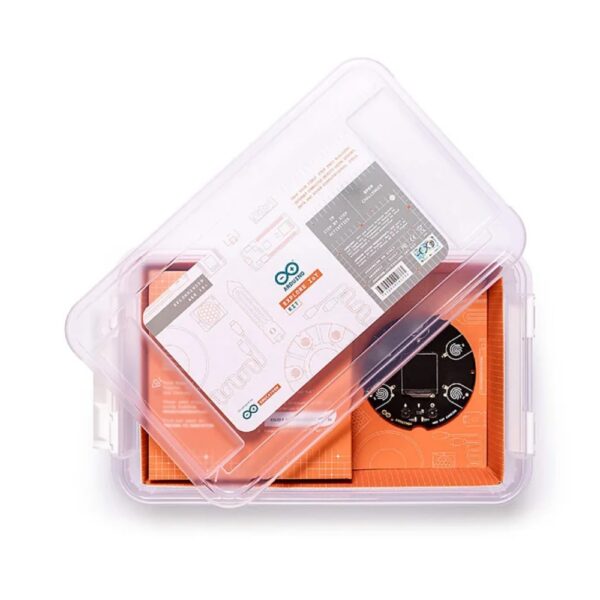Matatalab Musician Add-on
RM550.00
Kids learn notes and beats through programming. With the free combination, kids can compose their favorite music, or even create their own now!
Description
What the package included?
– 32 coding blocks (Music Function) from Do to Si on 2 octaves
– 10 melody blocks
* Get interested in music.
* Recommend for 4-9 year old kids
* Product EAN: B07JZC6PGB
Additional information
| Weight | 2.1 kg |
|---|---|
| Dimensions | 30 × 30 × 17 cm |
Related Products
The Arduino Student Kit is a hands-on, step-by-step remote learning tool for ages 11+: get started with the basics of electronics, programming, and coding at home. No prior knowledge or experience is necessary as the kit guides you through step by step. Educators can teach their class remotely using the kits, and parents can use the kit as a homeschool tool for their child to learn at their own pace. Everyone will gain confidence in programming and electronics with guided lessons and open experimentation.
Matatalab, Tale-Bot Pro Hands-on Coding Robot Set Education Edition. Hands-on coding robot set, make coding easy, fun and inspire creativity. A product for children, that strive for excellence in every detail.
Make advantage of MatataBot’s ‘Go Draw’ feature. With these coding blocks, kids can program the MatataBot to draw amazing shapes and move in unique ways. They can also customize the MatataBot’s eyes with different colors! Finally, kids can now animate the MatataBot how they like through hands-on play!
The Matatalab Coding Set is a new STEAM experience designed for kids aged 4-9. It gives them the ability to use their imagination to create infinite possibilities using coding blocks, by controlling a robot car through coding algorithms.
Kids can draw beautiful graphics and pictures through programming, towards the more advanced stages of coding their mathematical theories of geometry also improves.
The Arduino Education Starter Kit contains all the hardware and software you need for eight students (in groups of 2). You get step-by-step-lessons, teacher notes, exercises, and for a complete and in-depth class experience there’s also extra optional resources including activities, concepts, history, and interesting facts.
MATATA Map includes 16pcs (10x10cm) magnetic grids. Each grid can be opened and inserted with different story cards that are double-sided. It allows the kids to build limitless backgrounds and even a 3D one!
Build up limitless story backgrounds and have fun on the coding adventures!
CTC GO! – Core Module is a getting started program including eight lessons, eight guided projects, and six self-guided projects that teach students how to use electronics and gives them an introduction to programming and coding. The lessons increase in difficulty from the very basics all the way through to learning different programming capabilities and building circuits for different sensors and actuators. During the six guided projects, students practice building structures and applying the knowledge acquired in the lessons. Once you have completed the lessons and projects, you will be ready, knowledgeable, and have the confidence to teach the six self-guided projects.
This kit is to snap the micro:bit with physical Strawbees buildings and programming mechanical structures with servo motors. A way to create physical interaction with your next project!
VinciBot Coding Robot Set is a learning tool features diverse and rich functionality, open expandability and superb quality.
The CoDrone EDU is a programmable drone, meant for learning in the classroom. Code it in Python or start from the basics with block-based coding. Unique to this drone are its color sensors, a front range sensor, a bottom range sensor, among others—all usable in code. With a durable and safe frame, programmable lights, and access to its 7 sensors, it’s an excellent learning tool and a great way to learn coding and engineering skills.
With the Arduino Explore IoT Kit, you can get advanced high school and college students started with creating connected devices quickly and easily. They’ll learn how to build internet-connected objects by following the content with step-by-step tutorials for ten different activities – fun, creative experiments with real-life components.

